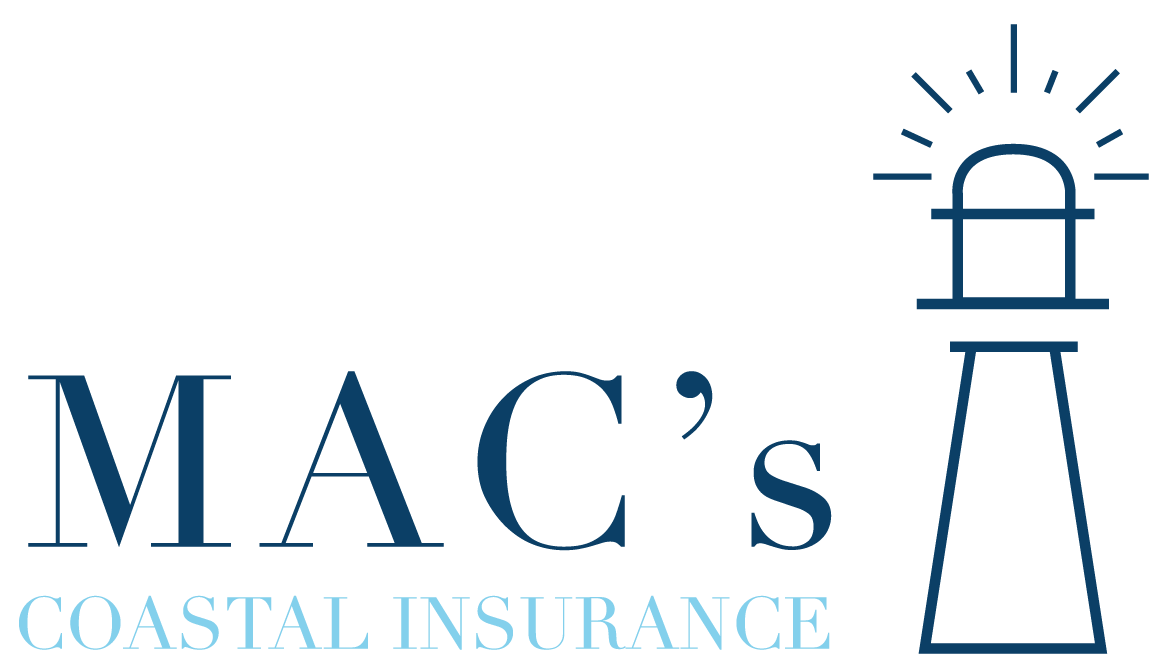Wind insurance, also known as windstorm insurance, typically covers damage caused by strong wind events, such as hurricanes, tornadoes, and other storms with high winds. The specific coverage provided by wind insurance can vary based on the policy and the insurance provider. Here are common coverages associated with wind insurance:
1. Dwelling Coverage: This provides protection for the structure of your home or building. It includes repairs or rebuilding costs for damage caused by wind, including damage to the roof, walls, foundation, and other structural elements.
2. Other Structures Coverage: This extends coverage to structures on your property that are not attached to your main dwelling, such as a detached garage, shed, or fence.
3. Personal Property Coverage: This coverage pertains to the contents of your home or business, such as furniture, electronics, clothing, and other personal belongings that may be damaged by windstorms.
4. Additional Living Expenses (ALE) or Loss of Use: If your home becomes uninhabitable due to wind damage, this coverage helps with the additional living expenses you may incur. This coverage may help with temporary accommodation, food, and transportation.
5. Debris Removal: Wind insurance often covers the cost of removing debris resulting from a covered windstorm event. This can include the cost of clearing debris from your property.
6. Replacement Cost Value (RCV) or Actual Cash Value (ACV): Policies may provide coverage based on the replacement cost of the damaged property (RCV) or the actual cash value, which considers depreciation. RCV generally provides more comprehensive coverage but may have higher premiums.
7. Wind-Driven Rain Coverage: Some policies may cover damage caused by rain entering the property due to wind-driven rain. This can be important in areas where water damage from wind is a concern.
8. Code Upgrade Coverage: If building codes have changed since the construction of your property, this coverage helps pay for the additional costs required to bring your damaged property up to current code standards during repairs or rebuilding.
It is crucial for policyholders to review their wind insurance policy carefully, understand the specific coverages provided, and be aware of any limitations or exclusions. Additionally, individuals in high-risk wind areas may need to consider supplementary or specialized coverage options to ensure comprehensive protection against potential damage. Consulting with an insurance agent can help clarify any uncertainties and tailor coverage to specific needs.
